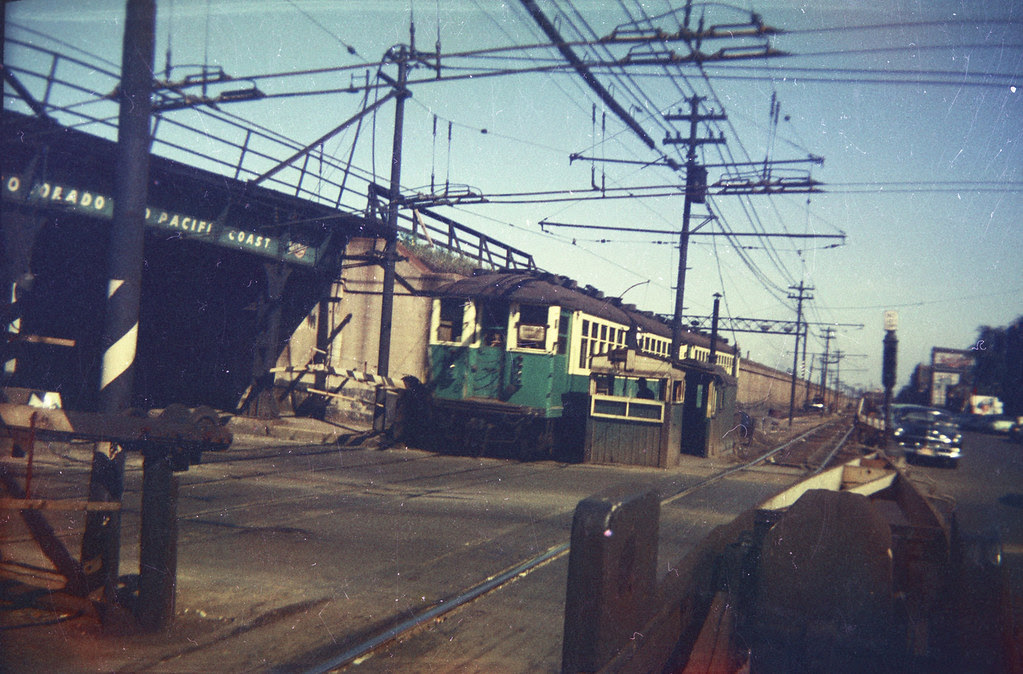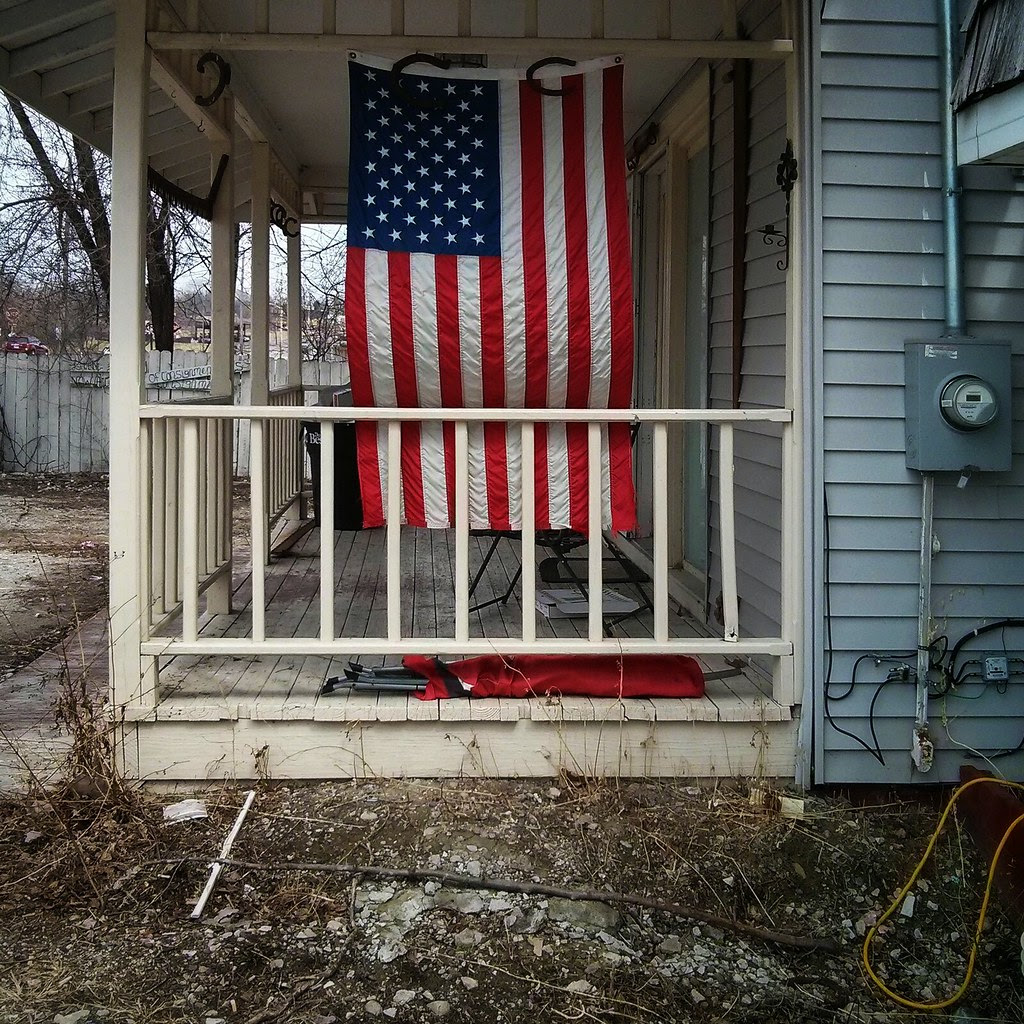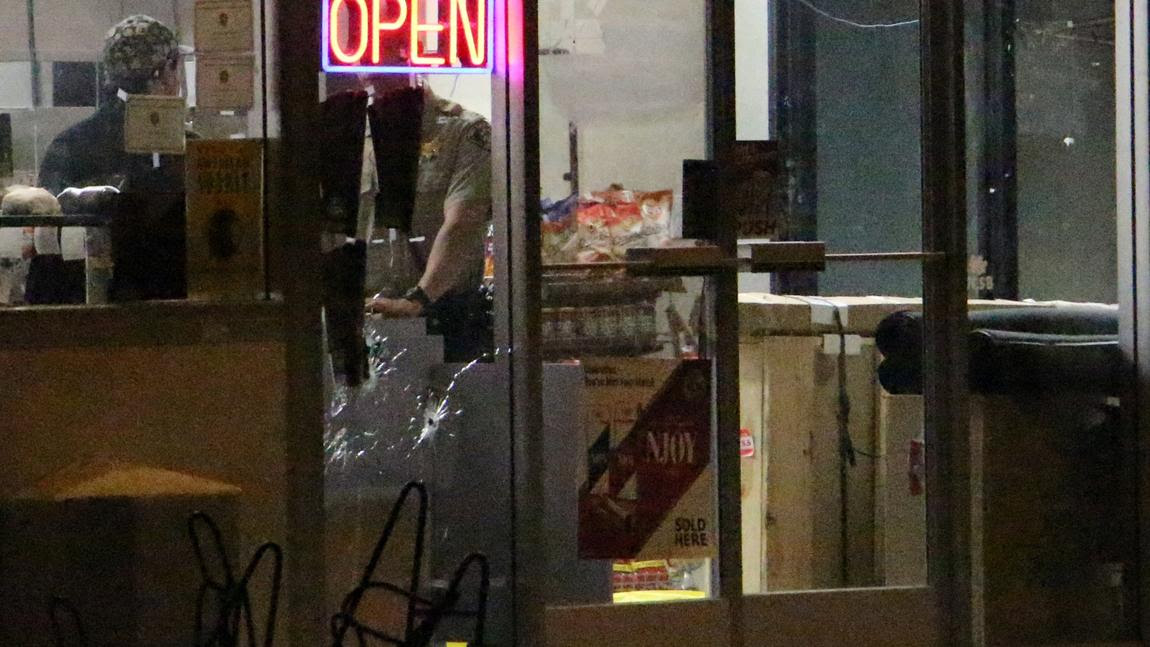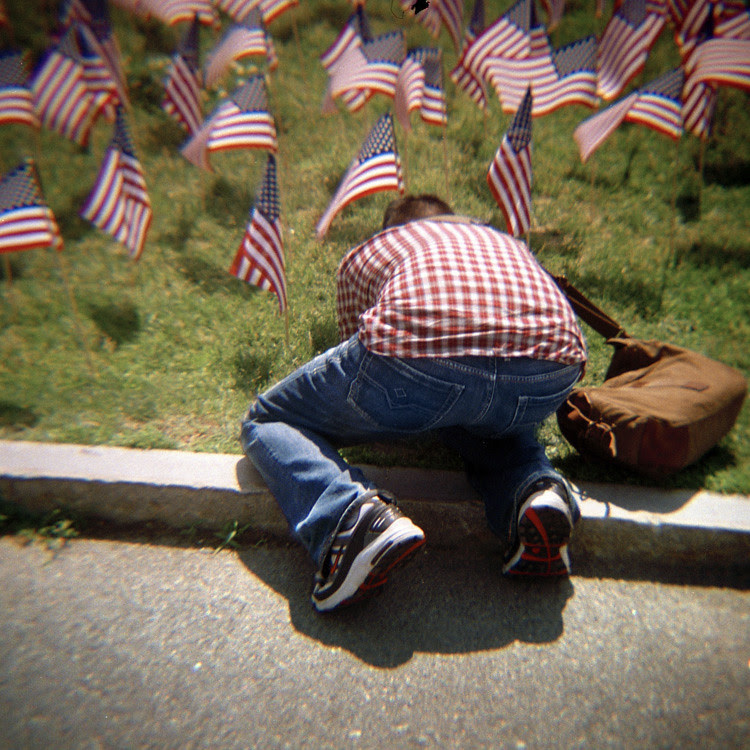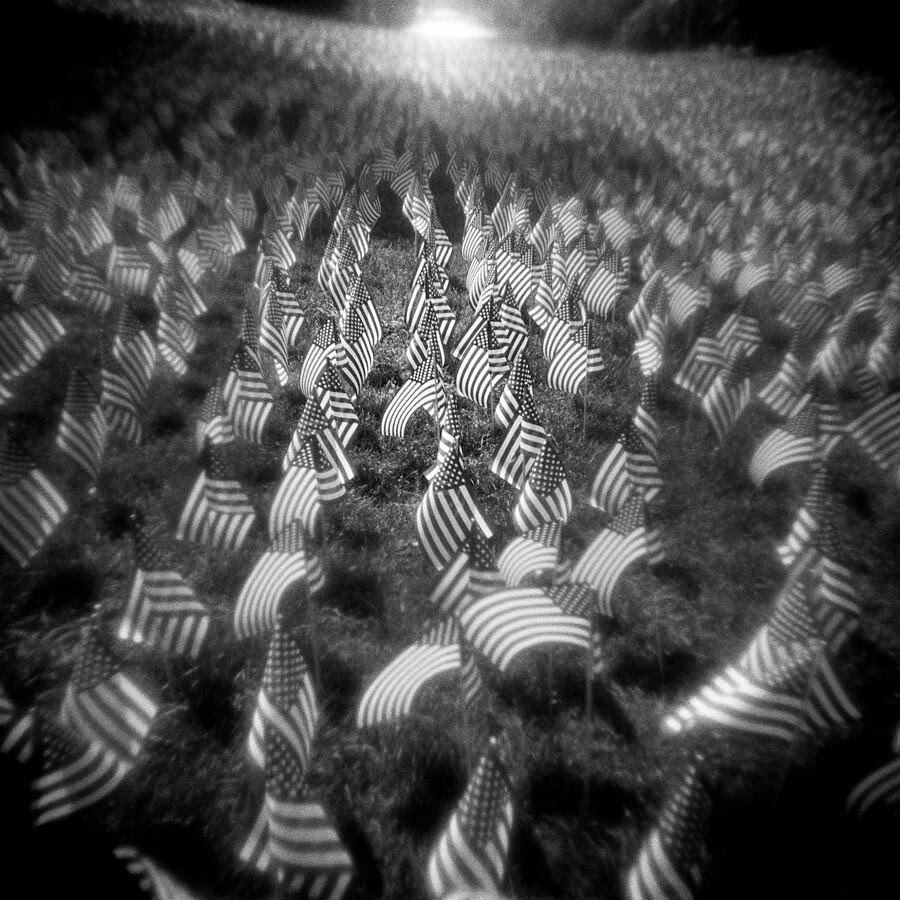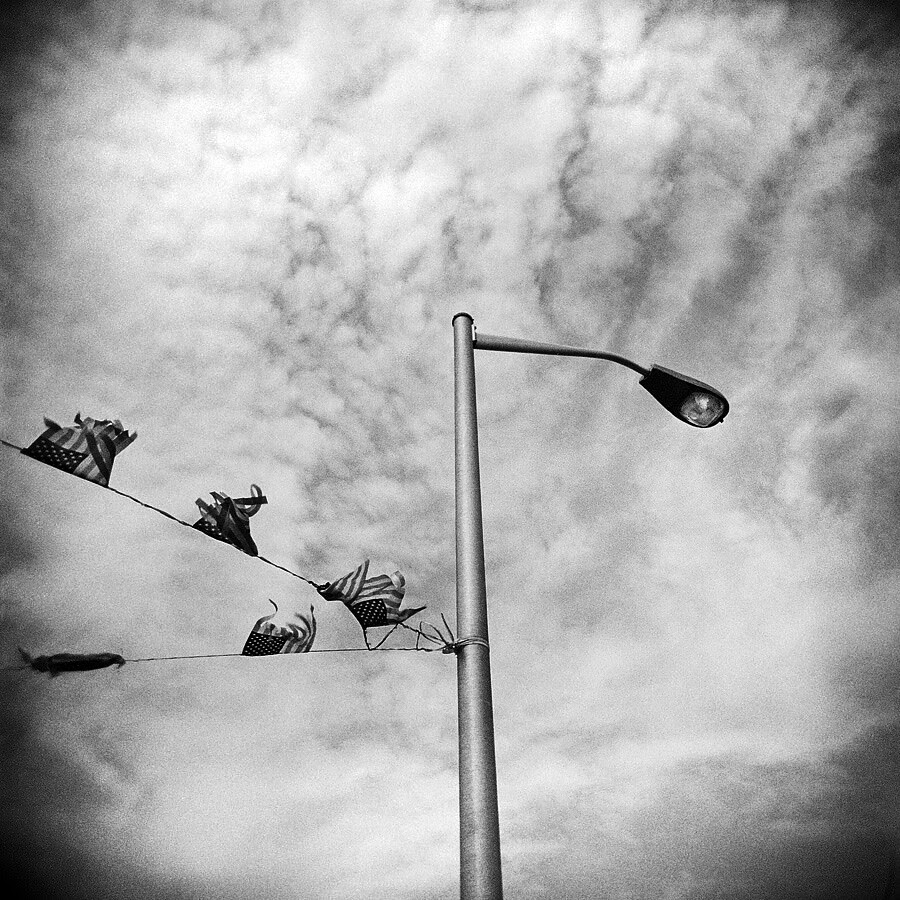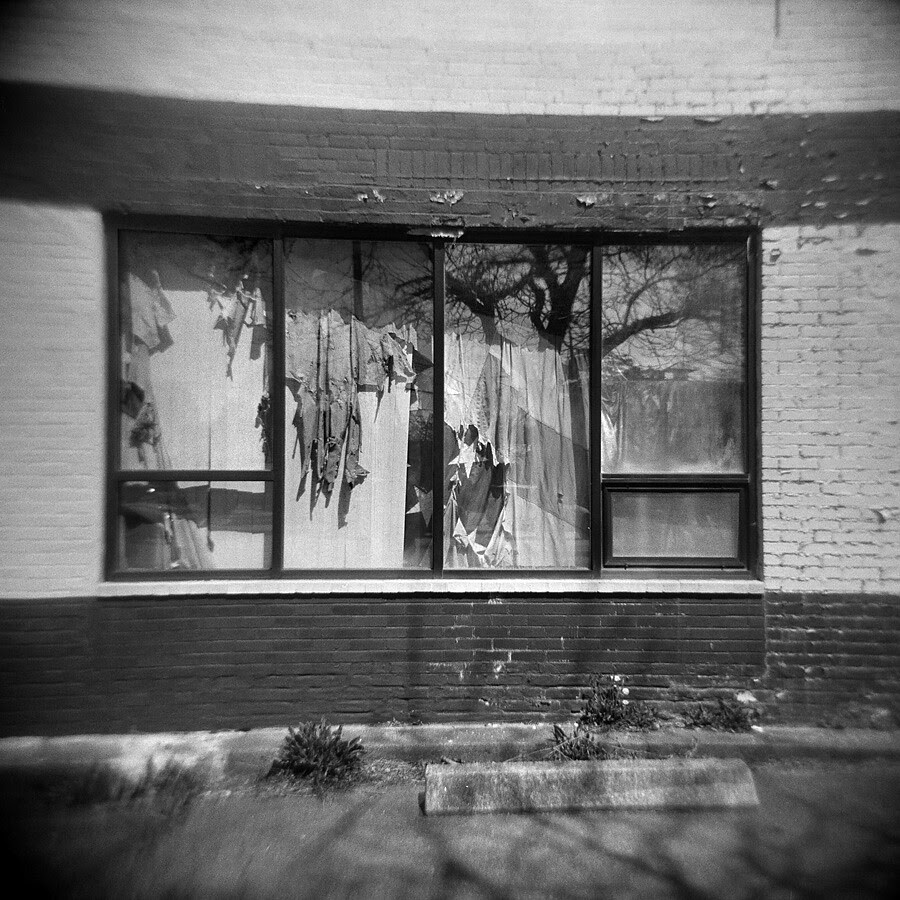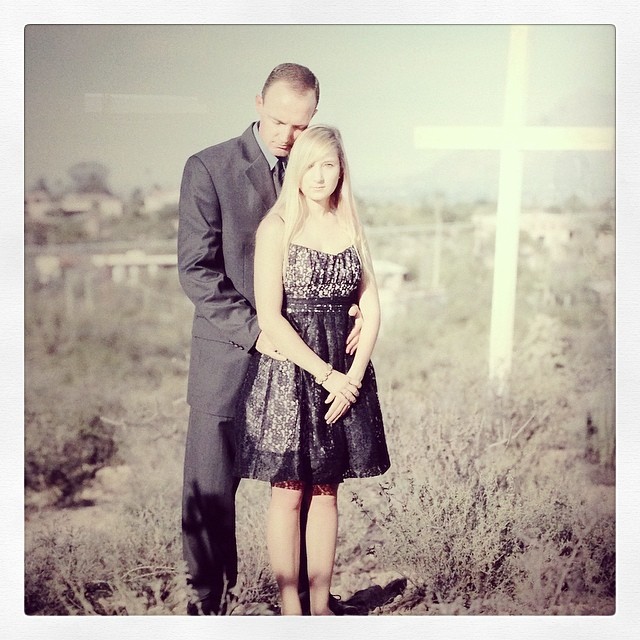.

Skeleton (female), Leinster Medical School, Dublin (photographer at left?): photo by John Joseph Clarke, c. 1897-1904 (Clarke Collection, National Library of Ireland)
Only the Messiah himself completes all history, in the sense that he alone redeems, completes and creates its relation to the messianic. For this reason, nothing that is historical can relate itself, from its own ground, to anything messianic. Therefore, the Kingdom of God is not the telos of the historical dynamic; it cannot be established as a goal. From the standpoint of history, it is not the goal but the terminus [Ende]. Therefore, the secular order cannot be built on the idea of the Divine Kingdom, and theocracy has no political but only a religious meaning. To have repudiated with utmost vehemence the political significance of theocracy is the cardinal merit of Bloch’s Spirit of Utopia.
The secular order should be erected on the idea of happiness. The relation of this order to the messianic is one of the essential teachings of the philosophy of history. It is the precondition of a mystical conception of history, encompassing a problem that can be represented figuratively. If one arrow points to the goal toward which the secular dynamic acts, and another marks the direction of messianic intensity, then certainly the quest of free humanity for happiness runs counter to the messianic direction. But just as a force, by virtue of the path it is moving along, can augment another force on the opposite path, so the secular order -- because of its nature as secular -- promotes the coming of the Messianic Kingdom. The secular, therefore, though not itself a category of this kingdom, is a decisive category of its most unobtrusive approach. For in happiness all that is earthly seeks its downfall, and only in happiness is its downfall destined to find it. -- Whereas admittedly the immediate messianic intensity of the heart, of the inner man in isolation, passes through misfortune, as suffering. The spiritual restitutio in integrum, which introduces immortality, corresponds to a worldly restitution that leads to an eternity of downfall, and the rhythm of this eternally transient worldly existence, transient in its totality, in its spatial but also in its temporal totality, the rhythm of messianic nature, is happiness. For nature is messianic by reason of its eternal and total passing away.
To strive for such a passing away -- even the passing away of those stages of man that are nature -- is the task of world politics, whose method must be called nihilism.
Walter Benjamin (1892-1940): Theological-Political Fragment, date uncertain (probably either 1920-1921 or 1937-1938), unpublished in Benjamin's lifetime, translated by Edmund Jephcott in Selected Writings, Volume 2: 1927-1934 (1999)

Portrait of an articulated skeleton (male) on a hardwood chair: photographer unknown, c. 1900 (Powerhouse Museum, Gift of the Estate of Raymond W. Phillips)

All of early 20th century transport is here… well, with the possible exception of an early bi-plane spluttering across the façade of Trinity College, but we can't have everything! A lovely high angle view of the junction of Dame Street with College Green in Dublin: photographer unknown, 1930s (?) (Eason Collection, National Library of Ireland)












